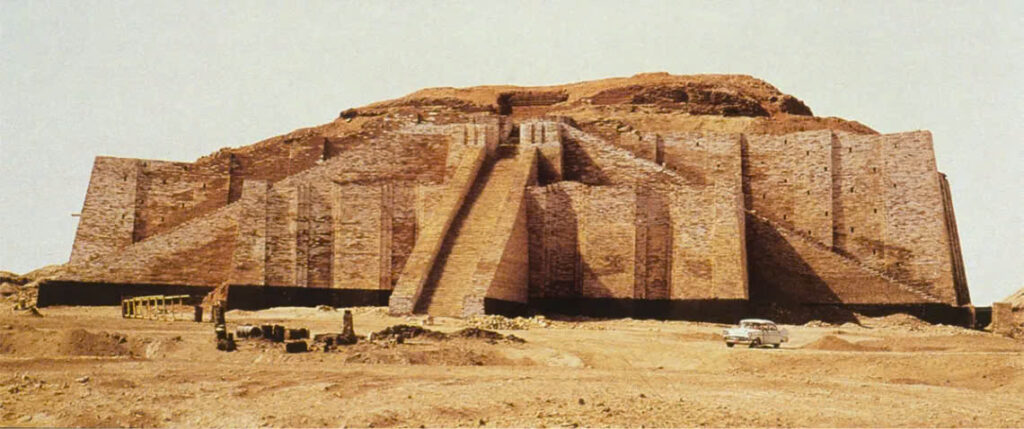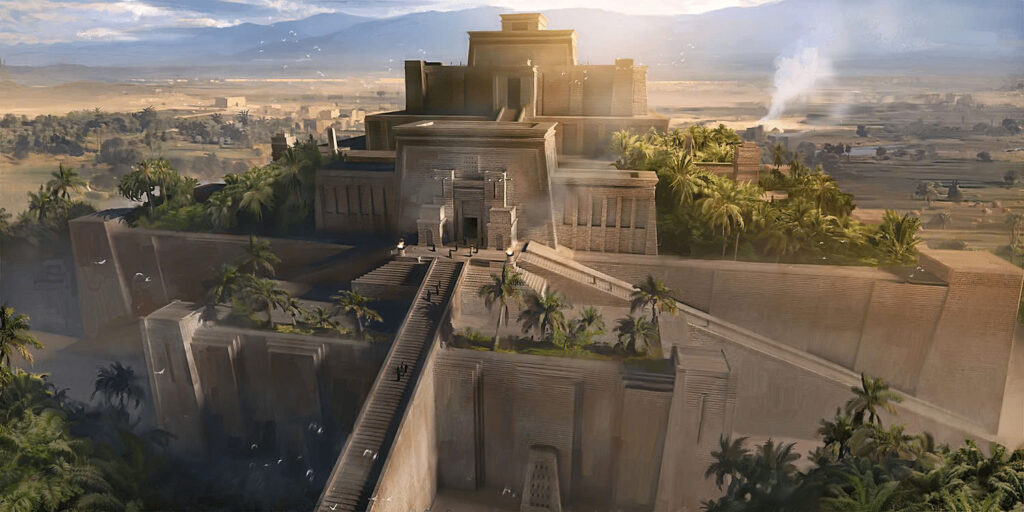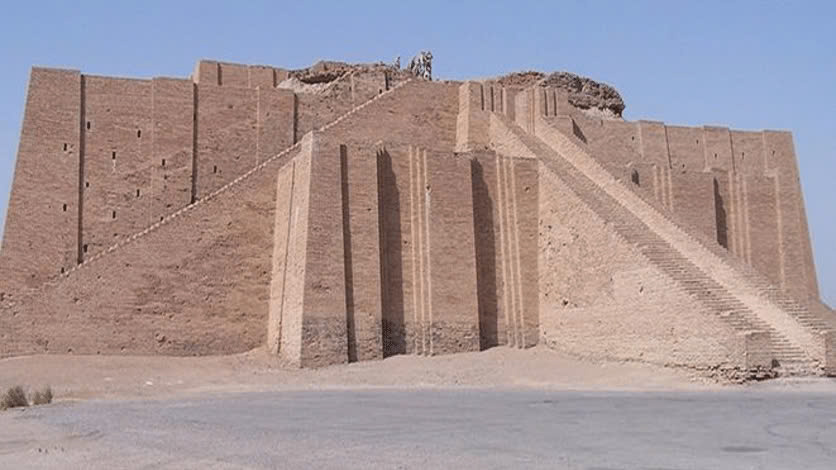The Ancient Wonder Rises

Standing proudly against the desert sky, the Ziggurat of Ur tells a fascinating story that spans four millennia. Built by King Ur-Nammu of the Neo-Sumerian Empire around 4,000 years ago, this architectural marvel served as a sacred temple dedicated to Nanna, the beloved moon god of ancient Mesopotamia. As it reached toward the heavens, it became more than just a building – it was a bridge between the earthly realm and the divine.
A Monument Lost to Time

Time, however, proved to be a formidable adversary. As centuries passed, the mighty ziggurat gradually disappeared beneath endless layers of sand and debris. Its grandeur faded from memory, and its significance was nearly lost to history. But fate had other plans for this ancient wonder.
A Tale of Rediscovery

In the early 20th century, the forgotten temple emerged from its sandy tomb. Archaeologists, armed with their tools and boundless curiosity, began the painstaking process of excavation. Their careful work revealed something extraordinary – a structure that would revolutionize our understanding of ancient Mesopotamian architecture.
The Art of Resurrection

The restoration efforts, beginning in the 1920s and continuing into modern times, became a labor of love. Using advanced archaeological techniques, experts worked tirelessly to stabilize and preserve the ziggurat’s original features. Each sun-dried brick told a story of ancient engineering prowess.
Architecture That Defied Time

Rising 21 meters (69 feet) into the sky, the ziggurat’s three-tiered design showcases the remarkable engineering capabilities of the Sumerian civilization. Each level, slightly smaller than the one below, creates a mesmerizing stepped pattern that leads to what was once a magnificent temple platform. Here, at the summit, the statue of Nanna would have gazed down upon the ancient city of Ur.
A Center of Life and Faith

The ziggurat wasn’t just a temple – it was the heart of Sumerian society. Surrounded by administrative buildings and smaller temples, it served as the focal point where religious devotion and civic life intertwined. The complex design reflects the Sumerians’ sophisticated understanding of both architecture and social hierarchy.
Legacy of an Ancient Civilization

Today, the Ziggurat of Ur stands as a testament to human ingenuity and spiritual aspiration. Its massive presence continues to inspire awe, offering modern visitors a glimpse into the rich tapestry of ancient Mesopotamian life. As preservation efforts continue, this remarkable structure ensures that the legacy of the Sumerian people will endure for generations to come.
A Window to the Past

More than just an architectural wonder, the ziggurat remains a powerful symbol of humanity’s eternal quest for meaning and divine connection. It reminds us that despite the passage of time, the fundamental human desire to reach for something greater than ourselves remains unchanged.
Preserving the Future

As we continue to study and protect this ancient marvel, the Ziggurat of Ur invites us to reflect on our own place in history. What legacies will we leave behind? What stories will our structures tell to future civilizations? In the end, this magnificent monumen

